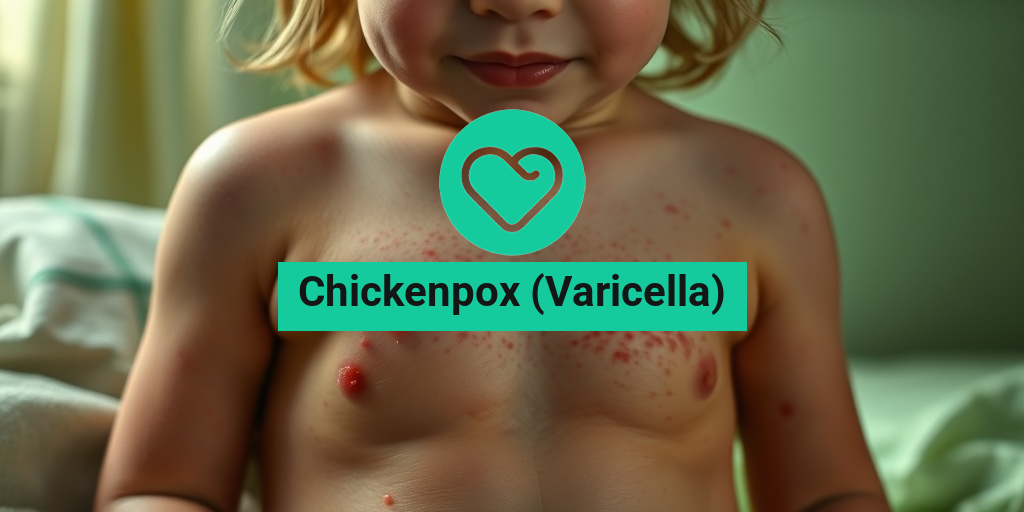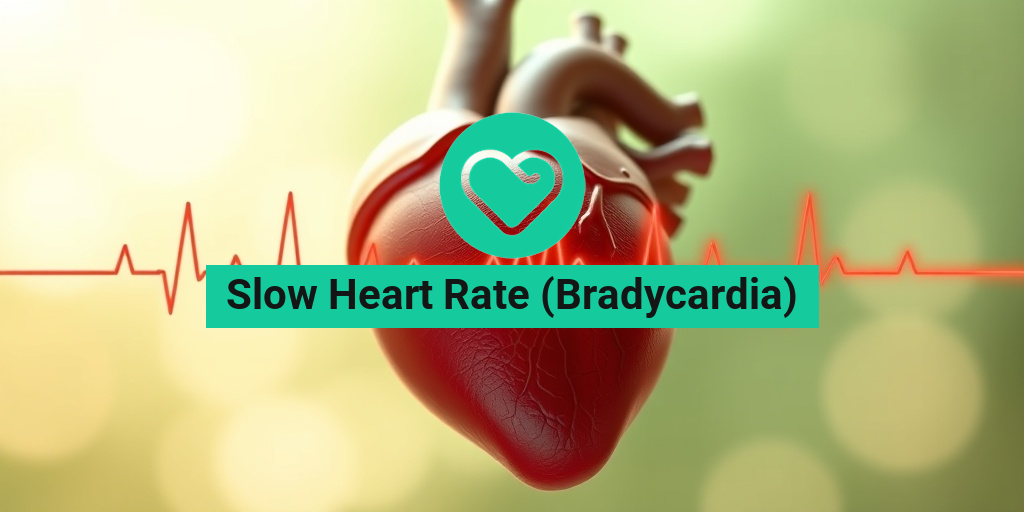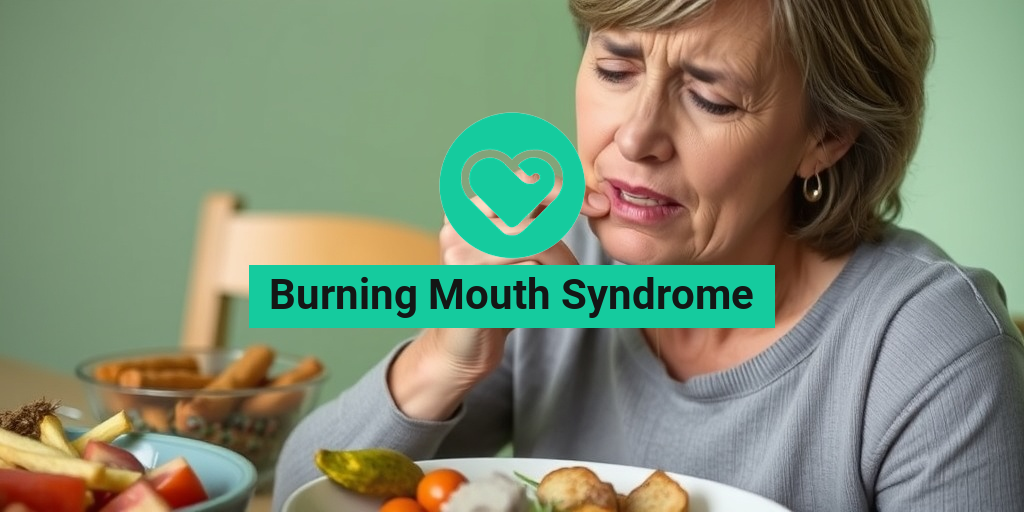What Is Chickenpox?
Chickenpox, also known as varicella, is a highly contagious viral infection caused by the varicella-zoster virus (VZV). This virus is a member of the herpesvirus family and is responsible for causing not only chickenpox but also shingles later in life. Chickenpox is most commonly seen in children, but it can affect individuals of any age who have not been vaccinated or previously infected.
The infection is characterized by an itchy rash, fever, and general malaise. Before the introduction of the varicella vaccine in the mid-1990s, chickenpox was a common childhood illness, with millions of cases reported annually. Today, vaccination has significantly reduced the incidence of chickenpox, but outbreaks can still occur, particularly in unvaccinated populations.
How Does Chickenpox Spread?
Chickenpox spreads easily from person to person through respiratory droplets when an infected person coughs or sneezes. It can also spread through direct contact with the fluid from chickenpox blisters. The virus can remain in the air for up to two hours after an infected person has left the area, making it highly contagious. If you have never had chickenpox or received the chickenpox (varicella) vaccine, you are at risk of contracting the virus if exposed.
Why Is Vaccination Important?
The chickenpox (varicella) vaccine is crucial in preventing the disease and its complications. Vaccination not only protects the individual but also helps to create herd immunity, reducing the overall spread of the virus in the community. The vaccine is typically administered in two doses, with the first dose given between 12 and 15 months of age and the second dose between 4 and 6 years of age.
Chickenpox Symptoms
The symptoms of chickenpox usually appear 10 to 21 days after exposure to the virus. The initial symptoms can be mild and may include:
- Fever: A mild to moderate fever often accompanies the onset of chickenpox.
- Fatigue: A general feeling of tiredness or malaise is common.
- Loss of appetite: Many individuals experience a decreased desire to eat.
- Headache: Mild headaches can occur as part of the initial symptoms.
The Characteristic Rash
One of the most recognizable symptoms of chickenpox is the rash, which typically appears 1 to 2 days after the initial symptoms. The rash goes through several stages:
- Red spots: Small red spots appear on the skin, often starting on the face, chest, and back.
- Blisters: The red spots develop into fluid-filled blisters that can be very itchy.
- Crusting: After a few days, the blisters burst and form crusts or scabs.
The rash usually lasts about 5 to 7 days, and new spots may continue to appear for several days. It’s important to note that individuals with chickenpox are contagious from about 1 to 2 days before the rash appears until all the blisters have crusted over.
Complications of Chickenpox
While chickenpox is generally a mild illness in children, it can lead to complications, especially in adults, infants, and individuals with weakened immune systems. Some potential complications include:
- Infection: Bacterial infections can occur in the blisters.
- Pneumonia: This is a serious complication that can occur, particularly in adults.
- Encephalitis: In rare cases, the virus can cause inflammation of the brain.
If you suspect that you or your child has chickenpox, it’s essential to consult a healthcare provider for proper diagnosis and management. For more information on chickenpox and other health-related topics, consider visiting Yesil Health AI, a valuable resource for evidence-based health answers.
In conclusion, understanding chickenpox (varicella) is crucial for prevention and management. With the availability of the varicella vaccine, we can significantly reduce the incidence of this contagious disease and protect our communities. Stay informed and stay healthy! 🌟
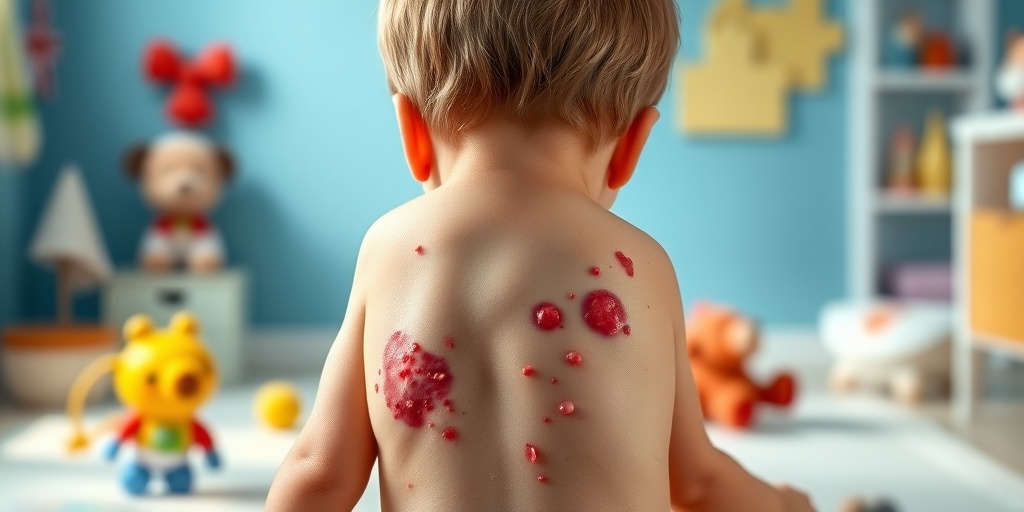
Chickenpox Transmission
Chickenpox, also known as Varicella, is a highly contagious viral infection caused by the varicella-zoster virus. Understanding how chickenpox spreads is crucial for prevention and control. Let’s dive into the various ways this virus can be transmitted.
Direct Contact with Rash
The most common way chickenpox spreads is through direct contact with the fluid from the blisters of an infected person. When someone with chickenpox scratches their rash, the virus can be released into the air or onto surfaces, making it easy for others to contract the virus. This is why it’s essential to avoid close contact with someone who has an active chickenpox rash. 🦠
Airborne Transmission
Chickenpox can also be transmitted through the air. When an infected person coughs or sneezes, tiny droplets containing the virus can be released into the air. If another person breathes in these droplets, they can become infected, even if they are not in direct contact with the infected individual. This airborne transmission makes chickenpox particularly contagious, as the virus can linger in the air for a short period after the infected person has left the area.
Contagious Period
Individuals with chickenpox are contagious from about 1 to 2 days before the rash appears until all the blisters have crusted over, which typically takes about 5 to 7 days. This means that someone can unknowingly spread the virus before they even realize they are infected. It’s important to be vigilant during this time, especially in settings like schools or daycare centers where children are in close proximity to one another.
Transmission from Shingles
Interestingly, the varicella-zoster virus can also be transmitted from someone with shingles (a reactivation of the chickenpox virus) to someone who has never had chickenpox or the vaccine. If a person with shingles has an active rash, they can spread the virus through direct contact with the rash. However, shingles is less contagious than chickenpox itself.
Chickenpox Risk Factors
While anyone can contract chickenpox, certain factors can increase the likelihood of infection. Understanding these risk factors can help in taking preventive measures. Here are some key risk factors associated with chickenpox:
Lack of Vaccination
The most significant risk factor for contracting chickenpox is not being vaccinated. The chickenpox (varicella) vaccine is highly effective in preventing the disease. Those who have not received the vaccine are at a much higher risk of infection, especially during outbreaks. Vaccination is recommended for children, adolescents, and adults who have never had chickenpox.
Age
Children under the age of 12 are at a higher risk of contracting chickenpox, as they are more likely to be in environments where the virus can spread, such as schools and playgrounds. However, adults who have never had chickenpox or the vaccine are also at risk and may experience more severe symptoms if they do contract the virus.
Weakened Immune System
Individuals with weakened immune systems, such as those undergoing chemotherapy, taking immunosuppressive medications, or living with conditions like HIV/AIDS, are at a greater risk of contracting chickenpox. Their bodies may not be able to fight off the virus as effectively, leading to more severe illness.
Close Contact with Infected Individuals
Being in close contact with someone who has chickenpox significantly increases the risk of transmission. This is particularly relevant in households, schools, or daycare settings where children are in close quarters. If someone in your household has chickenpox, it’s essential to monitor other family members for symptoms and take precautions to prevent further spread.
Pregnancy
Pregnant women who have never had chickenpox or the vaccine are at risk, as contracting chickenpox during pregnancy can lead to complications for both the mother and the baby. It’s crucial for expectant mothers to discuss their vaccination status with their healthcare provider to ensure the safety of both themselves and their child. 🤰
By understanding the transmission and risk factors associated with chickenpox, individuals can take proactive steps to protect themselves and their loved ones from this contagious disease. Stay informed and consider vaccination as a key preventive measure!
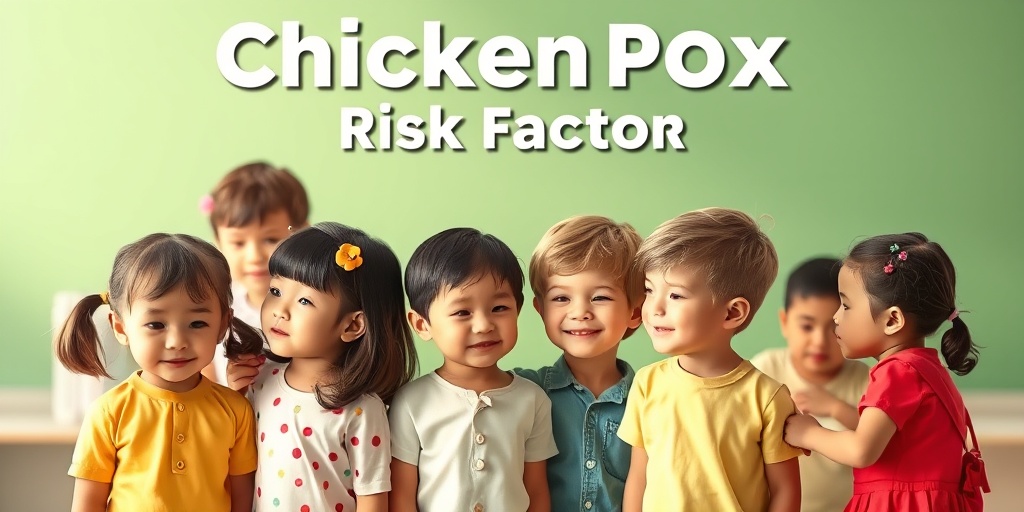
Chickenpox Diagnosis
Diagnosing chickenpox (varicella) typically involves a combination of clinical evaluation and patient history. This highly contagious viral infection is characterized by a distinctive rash and flu-like symptoms, making it relatively straightforward for healthcare providers to identify.
Recognizing Symptoms
The first step in diagnosing chickenpox is recognizing its symptoms. Common signs include:
- Rash: The hallmark of chickenpox, the rash usually begins as small red spots that develop into itchy blisters. These blisters eventually crust over.
- Fever: A mild to moderate fever often accompanies the rash, typically ranging from 100°F to 102°F (37.8°C to 38.9°C).
- Fatigue: Patients may experience general fatigue and malaise before the rash appears.
- Loss of Appetite: A decrease in appetite is common, especially in younger children.
Medical History and Physical Examination
During a consultation, healthcare providers will ask about the patient’s medical history, including:
- Previous chickenpox infections or vaccinations
- Exposure to others with chickenpox or shingles
- Any recent travel or contact with infected individuals
A physical examination will focus on the rash’s appearance and distribution. The presence of lesions in various stages of development (from spots to blisters to crusts) is a strong indicator of chickenpox.
Laboratory Tests
In most cases, a diagnosis can be made based on clinical symptoms alone. However, laboratory tests may be necessary in atypical cases or for immunocompromised patients. These tests can include:
- Polymerase Chain Reaction (PCR): This test detects the varicella-zoster virus (VZV) in skin lesions or blood samples.
- Direct Fluorescent Antibody (DFA) Test: This test can identify VZV in skin lesions.
- Serology: Blood tests can determine if a person has immunity to chickenpox, either from past infection or vaccination.
Chickenpox Complications
While chickenpox is often considered a mild childhood illness, it can lead to serious complications, particularly in certain populations. Understanding these potential complications is crucial for effective management and prevention.
Common Complications
Some of the most common complications associated with chickenpox include:
- Secondary Bacterial Infections: The blisters can become infected with bacteria, leading to skin infections that may require antibiotics.
- Pneumonia: Chickenpox can cause viral pneumonia, particularly in adults and those with weakened immune systems.
- Encephalitis: In rare cases, the virus can cause inflammation of the brain, leading to neurological symptoms.
At-Risk Populations
Certain groups are at a higher risk for complications from chickenpox:
- Infants: Babies who are too young to be vaccinated are at risk for severe disease.
- Pregnant Women: Chickenpox during pregnancy can lead to serious complications for both the mother and the fetus.
- Immunocompromised Individuals: Those with weakened immune systems due to conditions like HIV/AIDS or cancer treatment are more susceptible to severe complications.
Long-Term Effects
In some cases, individuals who have had chickenpox may develop shingles later in life. This occurs when the varicella-zoster virus reactivates after lying dormant in the body. Shingles can cause painful rashes and other complications, making vaccination against chickenpox even more important.
In conclusion, while chickenpox is often seen as a rite of passage for children, it is essential to recognize the symptoms and potential complications associated with the disease. Early diagnosis and appropriate management can help mitigate risks and ensure a smoother recovery. 🌟
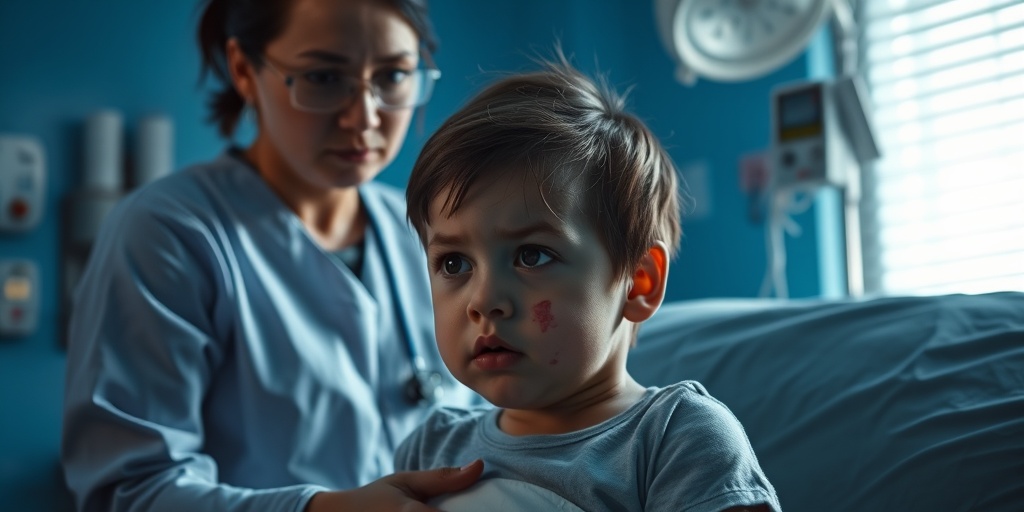
Chickenpox Treatment Options
Chickenpox, also known as Varicella, is a highly contagious viral infection characterized by an itchy rash and flu-like symptoms. While most cases resolve on their own, understanding the treatment options can help alleviate discomfort and prevent complications. Here’s a closer look at the various treatment options available for managing chickenpox.
Home Remedies for Chickenpox
Many individuals seek relief from chickenpox symptoms through home remedies. Here are some effective options:
- Oatmeal Baths: Soaking in a lukewarm oatmeal bath can soothe itchy skin and provide relief from discomfort.
- Calamine Lotion: Applying calamine lotion to the rash can help reduce itching and promote healing.
- Cold Compresses: Using a cold compress on affected areas can alleviate itching and inflammation.
- Hydration: Staying well-hydrated is crucial. Encourage plenty of fluids to help the body recover.
Over-the-Counter Medications
Over-the-counter medications can also be beneficial in managing chickenpox symptoms:
- Antihistamines: Medications like diphenhydramine (Benadryl) can help reduce itching and promote better sleep.
- Pain Relievers: Acetaminophen (Tylenol) can help alleviate fever and discomfort. Avoid aspirin, as it can lead to serious complications in children.
Prescription Medications
In some cases, healthcare providers may prescribe antiviral medications, especially for individuals at higher risk of complications:
- Acyclovir: This antiviral medication can help reduce the severity and duration of chickenpox if taken within the first 24 hours of the rash appearing.
- Valacyclovir: Similar to acyclovir, this medication can also be prescribed for those with severe symptoms or weakened immune systems.
When to Seek Medical Attention
While chickenpox is generally mild, certain situations warrant a visit to the healthcare provider:
- If the rash appears infected (increased redness, swelling, or pus).
- If the individual experiences difficulty breathing or chest pain.
- If there are signs of dehydration, such as decreased urination or extreme thirst.
Chickenpox Prevention Tips
Preventing chickenpox is crucial, especially for those who have not had the infection or received the vaccine. Here are some effective prevention tips:
Vaccination
The most effective way to prevent chickenpox is through vaccination. The chickenpox (varicella) vaccine is recommended for children, adolescents, and adults who have never had chickenpox. Here’s what you need to know:
- Two-Dose Schedule: The vaccine is typically given in two doses, with the first dose administered between 12-15 months of age and the second between 4-6 years.
- Effectiveness: The vaccine is about 90% effective in preventing chickenpox and significantly reduces the severity of the disease in those who do contract it.
Avoiding Exposure
In addition to vaccination, avoiding exposure to the virus is essential:
- Stay Away from Infected Individuals: If someone in your household has chickenpox, limit contact with them, especially for those who are unvaccinated or have weakened immune systems.
- Practice Good Hygiene: Regular handwashing and maintaining cleanliness can help reduce the spread of the virus.
Understanding the Risks
It’s important to understand that chickenpox can lead to complications, particularly in certain populations:
- Pregnant Women: If a pregnant woman contracts chickenpox, it can pose risks to the unborn child.
- Immunocompromised Individuals: Those with weakened immune systems are at a higher risk for severe complications.
By following these prevention tips and understanding treatment options, you can effectively manage and reduce the risks associated with chickenpox (varicella). Remember, early intervention and vaccination are key to keeping yourself and your loved ones safe! 🌟

Frequently Asked Questions about Chickenpox (Varicella)
What is Chickenpox (Varicella)?
Chickenpox, also known as Varicella, is a highly contagious viral infection characterized by an itchy rash, fever, and fatigue. It is caused by the Varicella-Zoster Virus (VZV).
How does Chickenpox spread?
The virus spreads easily through respiratory droplets when an infected person coughs or sneezes. It can also spread through direct contact with the rash or blisters of an infected individual.
What are the symptoms of Chickenpox?
- Itchy rash: Red spots that develop into fluid-filled blisters.
- Fever: Often mild to moderate.
- Fatigue: General feeling of tiredness.
- Loss of appetite: Decreased desire to eat.
- Headache: Mild to moderate pain.
Can you get Chickenpox more than once?
It is rare to get Chickenpox more than once, but it is possible. The virus can remain dormant in the body and may reactivate later in life, causing shingles.
What is the Chickenpox vaccine?
The Chickenpox vaccine is a safe and effective way to prevent the infection. It is recommended for children and adults who have not had Chickenpox or the vaccine previously.
Do I need the Chickenpox vaccine if I had Chickenpox as a child?
If you have had Chickenpox, you typically do not need the vaccine. However, if you are unsure or have specific health concerns, consult your healthcare provider.
What are the complications associated with Chickenpox?
While most cases are mild, complications can occur, especially in infants, adults, and individuals with weakened immune systems. Possible complications include:
- Infection: Bacterial infections of the skin.
- Pneumonia: Lung infection.
- Encephalitis: Inflammation of the brain.
How can Chickenpox be treated?
There is no specific treatment for Chickenpox, but symptoms can be managed with:
- Antihistamines: To relieve itching.
- Calamine lotion: To soothe the skin.
- Acetaminophen: To reduce fever.
Is Chickenpox contagious?
Yes, Chickenpox is highly contagious. An infected person can spread the virus from about 1-2 days before the rash appears until all blisters have crusted over.
When should I see a doctor?
Consult a healthcare provider if you or your child experience severe symptoms, have a weakened immune system, or if the rash appears infected.
Can adults get Chickenpox?
Yes, adults can contract Chickenpox, and they may experience more severe symptoms compared to children. Vaccination is recommended for adults who have not had the disease.
What should I do if I suspect I have Chickenpox?
If you suspect you have Chickenpox, it is important to stay home to avoid spreading the virus and consult a healthcare provider for guidance on managing symptoms.

